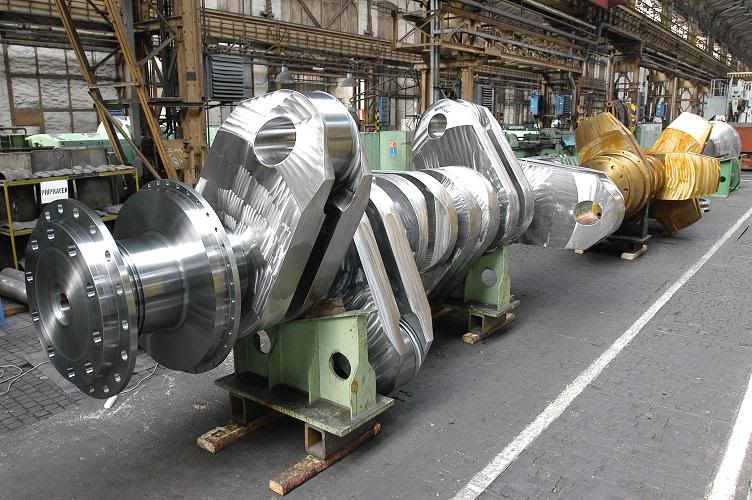by RhoXS
I was just watching videos on yoUtube showing large steam engines at high speed. I was absolutely amazed at how fast the rods (coupling, connecting, driving - I am not sure of the correct terminology) were moving. I know some of the rods are very big steel members with a lot of mass as I have seen them up close in museums. That is why I was so awed about how fast they moved. It must take a huge amount of force to accelerate the mass of these rods every time they change directions and they are continually doing so. Motion is in two planes. Each time a rod's horizontal component changes direction, with each half wheel rotation, the rod must be decelerated to a complete stop and then accelerate in the opposite direction. The same for the vertical component. I would think the bearings and steel structures holding the rods in place must be very prone to fatigue failures. Even with well lubricated and performing bearings the forces still have to be dealt with by something. How were they able to keep the running gear from constantly experience catastrophic failures?


